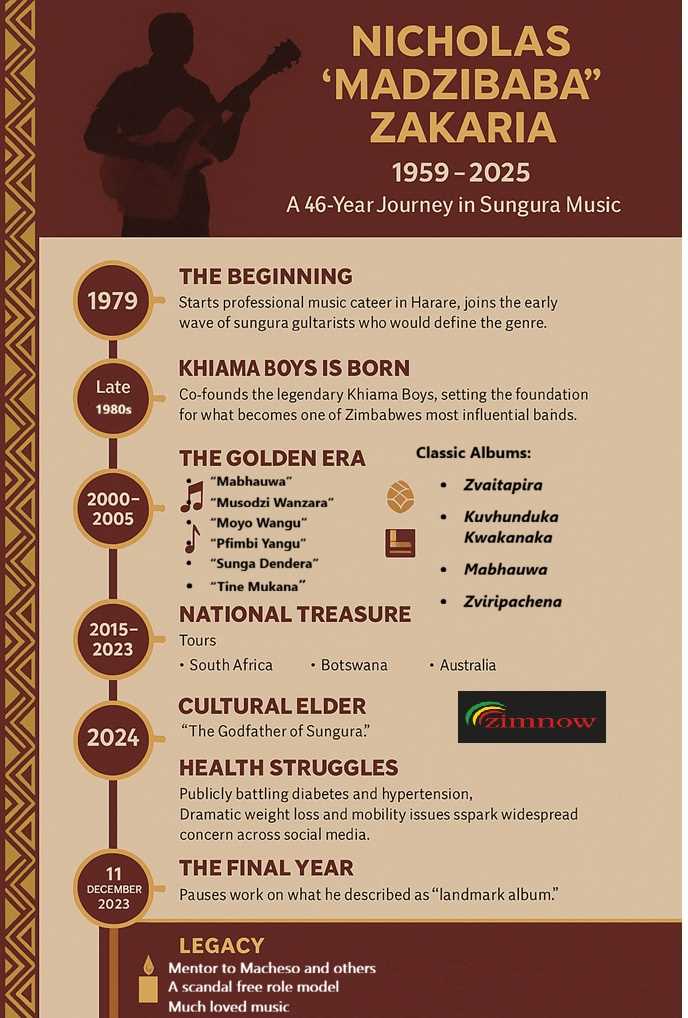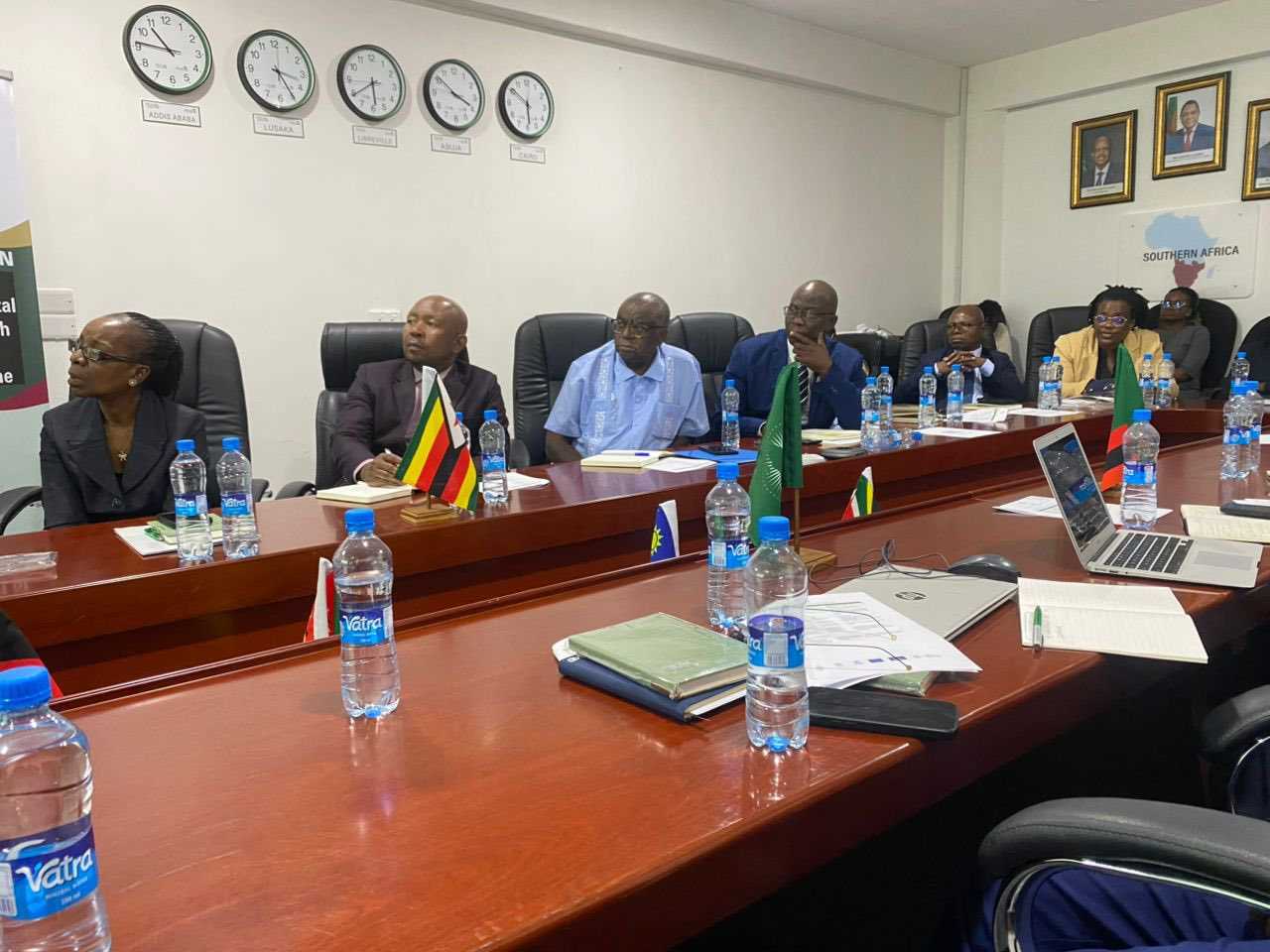
Audrey Galawu
ASSISTANT EDITOR
A continued decline in cholera cases has generally been noted in the country with cumulative cholera case fatality having declined from a high of 2.8 percent at the beginning of the outbreak in February 2023 to 2.2 percent.
According to a Unicef report for March 16 to April 12, an estimated 6.3 million people have been reached with risk communication and community engagement activities.
As of April 11, 2024, the country recorded a total of 31 705 cholera cases and 683 deaths with a cumulative case fatality rate of 2.2 percent from 63 districts across the country’s 10 provinces.
Related Stories
Of the cumulative cholera cases, approximately 31 percent are children aged below 15 years and 14 percent are children under five years.
During the reporting period, the highest number of cholera cases were reported in Mashonaland Central, Mashonaland West and Harare Provinces.
“There was a concern of a spike in cases during Easter holidays, stemming from the observation that religious gatherings have been among some super-spreader events in the past. Mobility of the population during the holidays also posed a risk of transmission.
“Children, women of childbearing age, religious decliners, artisanal miners, and farmers in rural settings continue being high-risk groups with 51 percent of the cumulative cholera cases being women, while 14 percent are children under five years.
“The El Niño-induced drought will cause further water scarcity within households, resulting in use of unsafe water sources and water rationing for sanitation further compounding the cholera outbreak situation,” reads the report.
The report notes low access to safe water and inadequate sanitation as a key factor for driving cholera transmission, including inappropriate infection, prevention, and control, health system challenges, unsafe burial practices and limited funding among United Nations agencies and partners to scale up the response.



















Leave Comments